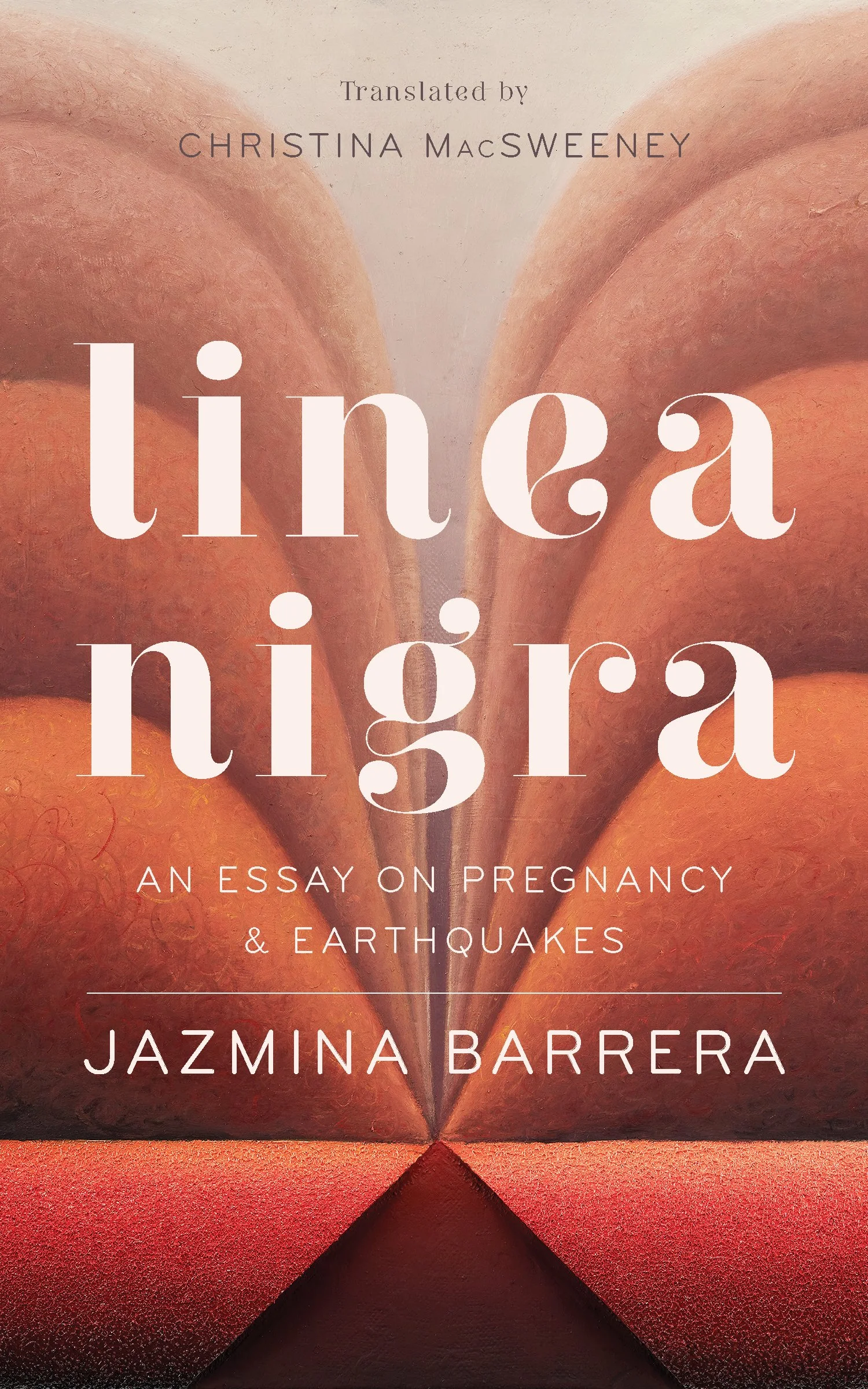Before Bookstores, There Was the Door-to-Door Book Canvasser
[image description: Four thin blue books with their spines out on a wooden table.]
A couple of months ago, I joined the local antiquarian books group, The Aldus Society. I went to the March meeting and learned about book canvassers from Jolie Braun, who works in the Rare Books and Manuscripts Library at Ohio State University.
Imagine you’re living in small-town rural America in the mid to late 1800s. There are no bookstores in your area, so where do you get books? The answer is book canvassers.
Book canvassers are folks who sell books door-to-door, like early Mary Kay ladies, but with literature. To further the link between the MLMs of today and book canvassers back then, book canvassing was one of the few career paths open to women at the time. Women were the minority of canvassers, but there definitely were some as evidenced by those who wrote memoirs about their experiences.
To be a book canvasser, you would send money for a kit from a publisher. A publisher would send you an incomplete version of their soon-to-be-published books so potential buyers could flip through and decide if they wanted to order the full, complete version when it was available. Canvassing books then were similar to what ARCs are now.
So canvassers went door to door taking orders for books, then when the books were ready, they delivered the complete books and collected their money. Sounds pretty straightforward, right?
In practice, it wasn’t always a straightforward transaction. The books being ordered were in various stages of completion––from not-yet-published to published to soon-to-be-published. Canvassers acquired the finished books at a discount from the publisher, for which they paid out of their own pocket. If they went to deliver the books and collect their money from the folks who ordered them and those folks decided they no longer wanted the books, the canvasser was out that money. Canvassers also had to pay for all of their own transportation and lodging. Much like the MLMs of today, it was hard to make a full-time living as a book canvasser.
Similarly, too, was the language around why book buyers should order books from canvassers specifically. The publishers limited where these books were sold, ensuring that particular books could only be purchased from canvassers, as they weren’t widely available elsewhere. There are even a couple of cute notes in the canvassing books that say things like “not in the book stores or on railroad trains.” (Trains were another place to buy books at the time.) In the same way you can’t roll up at Target and find Pampered Chef, LulaRoe, or Avon, you couldn’t just roll up at any store back in the day and find the canvassers’ particular selection of books.
Book canvassing became popular in the late 19th century for a couple of reasons. A growing population and higher literacy rate meant more people who could read wanted to be able to own books but didn’t always have a reliable way to get them. Growing transportation access, for both people and cargo, was helpful too.
Included with the canvassers’ kits were instructions on effective selling. There were slips of paper inside the canvassing books, almost like cue cards, that the canvassers were expected to memorize, then remove. These cue cards didn’t just emphasize the text and subject matter––they heavily emphasized the materials too: good paper, nice bindings, lots of pages, etc.
The selling materials also included instructions to go to the most prominent men in the community first and convince them to buy books because that would be a selling point for others. Essentially, canvassers wanted an endorsement for particular books from well-respected and educated members of the community. Canvassers were instructed to study the book closely so that what they say to prospective customers should come from their own convictions. (Was I a book canvasser in a past life? How different is me posting book reviews on my blog with an affiliate link to purchase the book much different than what these canvassers were doing in the late 1800s?)
Book canvassing peaked in the 1860s and died out in the early 20th century because people were tired of paying for overpriced, subpar books. However, that wasn’t the end of door-to-door bookselling because encyclopedias continued to be sold well into the 1970s.
In terms of book collecting, canvassing books were purely marketing materials. They weren’t meant to be saved or even read. They were designed so prospective buyers could flip through them and get enough of a sense of the finished book to decide if they wanted to buy it. The canvassing books, like the eventual finished copies, were intended to be tempting physical objects, so they had nice bindings, included illustrations, and would have been attractive to feel and look at. While there aren’t a ton of collections of canvassing books out there, Ohio State happens to have a collection of more than 100.
Jolie Braun, who I learned all of this from during her lecture for the Aldus Society, read the memoirs of three women book canvassers and wrote an article that’s available for free on JSTOR. Obviously, her research goes wayyyyyy deeper than I wrote in this post, so if you’re intrigued by book canvassers, you should check it out! Here’s the description for the article:
This article examines three memoirs by women canvassers: Annie Nelles, or, The Life of a Book Agent by Annie Nelles Dumond (1868), Six Years Experience as a Book Agent by Mrs. J. W. Likins (1874), and Facts by Harriet Wasson Styer (1881). These works record the physical, intellectual, and emotional labor of canvassing, offering a window into the otherwise little-documented experiences of women’s experiences working in a field that both recruited and presented numerous challenges for them.






